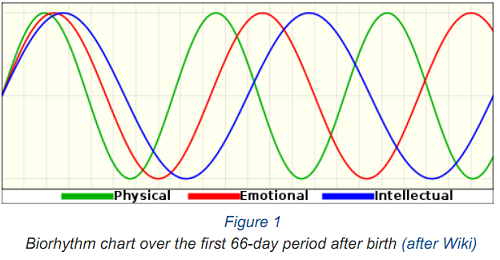Question 1: Information security is used to describe the tasks of protecting information in a digital form.
(1) List and explain three key objectives of information security.
(2) Also list and explain at least two additional protections (concepts)to present a complete view of information security.
Question 2: Integrity protection is used to guard against improper information modification or destruction, including ensuring information non-repudiation and authenticity.
(1) Explain the kinds of technologies (algorithms) that can be used to guarantee data integrity.
(2) Provide two examples of data integrity and
(3) Explain how DLP (Data loss prevention) can be used to prevent data leakage.
Question 3: The earliest and the simplest use of a substitution cipher was by Julius Caesar.

Assume that Alice received the following message “skkzskglzkxznkzumgvgxze” from Bob, who used Caesar Cipher to let Alice know “meet me after the toga party”.
Please complete the following tasks:
(1) Explain the cryptographic algorithm of Caesar Cipher.
(2) Explain what the plaintext is, what the ciphertext is and what the possible key value is.
(3) Explain an approach that can be used to attack Caesar Cipher. Is it possible to improve the cryptographic algorithm?
Question 4: RSA is an algorithm to encrypt and decrypt messages. RSA stands for Ron Rivest, Adi Shamir and Leonard Adleman, who first publicly described RSA in 1978. A user of RSA creates and then publishes the product of two large prime numbers along with an auxiliary value as their public key. The prime factors must be kept secret. Anyone can use the public key to encrypt a message. However, with currently published methods, if the public key is large enough, only someone with knowledge of the prime factors can feasibly decode the message.
Answer the following questions:
(1) Explain whatcategory of cryptographic algorithms RSA belongs to.
(2) Explain how RSA is used to achieve the cryptography (encryption and decryption) and digital signatures.
(3) Explain the main weakness of digital signatures and how this weakness can be compensated for.